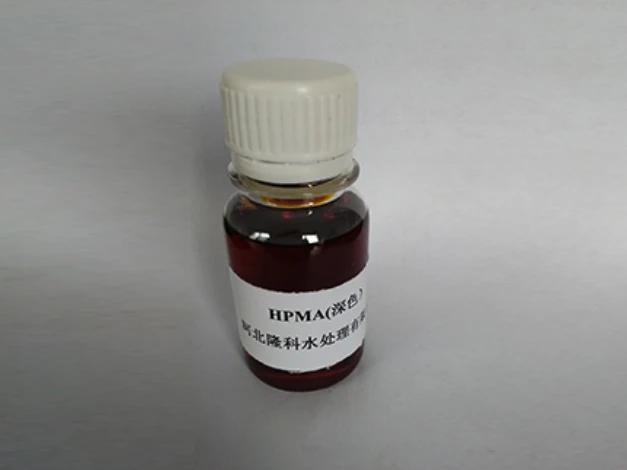Understanding the Role of Flocculants in Effective Water Treatment Processes
Understanding Flocculants in Water Treatment
Water is an essential resource for life, and its quality is crucial for human health, environmental sustainability, and economic development. As populations grow and industrial activities expand, the demand for clean water continues to rise. Water treatment processes have evolved over the years to ensure that water is safe for consumption and use. One of the key components in these processes is the use of flocculants.
Flocculants are chemical agents that help in the aggregation of suspended particles in water, facilitating their removal from the water column. These substances, when added to water, promote the formation of flocs—larger particles that have a greater propensity to settle out of solution. The effective removal of contaminants is critical in both drinking water treatment and wastewater management, and flocculants play a vital role in enhancing these processes.
The Role of Flocculants
When water is treated, it often contains various impurities such as sediments, organic matter, and microorganisms. These impurities can be colloidal in nature, meaning they are small and remain suspended in the water, making them difficult to remove through simple filtration. Flocculants work by bridging the gap between these tiny particles, allowing them to clump together into larger aggregates, or flocs. The process is typically referred to as flocculation.
Flocculation is often preceded by coagulation, where coagulants (such as aluminum sulfate or ferric chloride) are added to destabilize the particles. Following coagulation, flocculants, which can be either natural or synthetic polymers, are added to promote further aggregation. This dual process of coagulation and flocculation enhances the overall efficiency of water treatment systems.
Types of Flocculants
flocculant water treatment

Flocculants can be categorized into two main groups organic and inorganic. Organic flocculants are typically derived from natural polysaccharides or are synthetic polyacrylamides. They are favored for their effectiveness in a variety of conditions and the ability to be tailored for specific applications. Inorganic flocculants, like alum, are often used in conjunction with organic options to optimize performance.
Eco-friendly and biodegradable flocculants have gained popularity as environmental awareness increases. These natural alternatives tend to be less toxic and can help reduce the ecological footprint of treatment processes. They are particularly appealing to industries that prioritize sustainability in their operations.
Applications in Water Treatment
Flocculants are employed in a wide range of applications, from municipal drinking water systems to industrial wastewater treatment. In drinking water treatment, flocculants help clarify the water by removing turbidity and pathogens, ensuring that the water meets safety standards set by health organizations. In wastewater treatment, flocculants are crucial for separating solids from liquids, aiding in the removal of harmful contaminants before the treated water is released back into the environment.
Additionally, flocculants also have applications in sectors such as mining, food production, and paper manufacturing, where water treatment is necessary for operational efficiency and environmental compliance.
Conclusion
In summary, flocculants play an indispensable role in the treatment of water across various sectors. Their ability to enhance the removal of suspended solids significantly contributes to delivering clean, safe water for consumption and industrial use. As the demand for water treatment solutions continues to grow, the development and application of effective, eco-friendly flocculants will be essential in meeting global water quality standards and promoting sustainable water management practices. By understanding and utilizing these substances effectively, we can ensure a safer and cleaner water supply for generations to come.
-
LK-319 Special Scale And Corrosion Inhibitor For Steel Plants: Advanced Solutions for Industrial Water SystemsNewsAug.22,2025
-
Flocculant Water Treatment: Essential Chemical Solutions for Purification ProcessesNewsAug.22,2025
-
Isothiazolinones: Versatile Microbial Control Agents for Industrial and Consumer ApplicationsNewsAug.22,2025
-
Scale Inhibitor: Key Solutions for Water System Scale PreventionNewsAug.22,2025
-
Organophosphonates: Versatile Scale Inhibitors for Industrial Water SystemsNewsAug.22,2025
-
Scale and Corrosion Inhibitor: Essential Chemical Solutions for Water System MaintenanceNewsAug.22,2025





